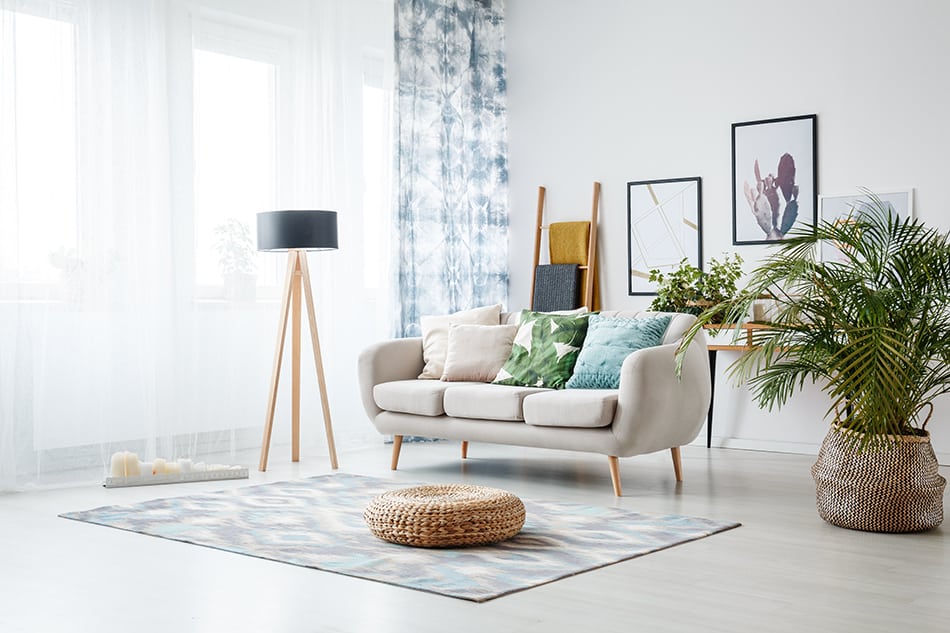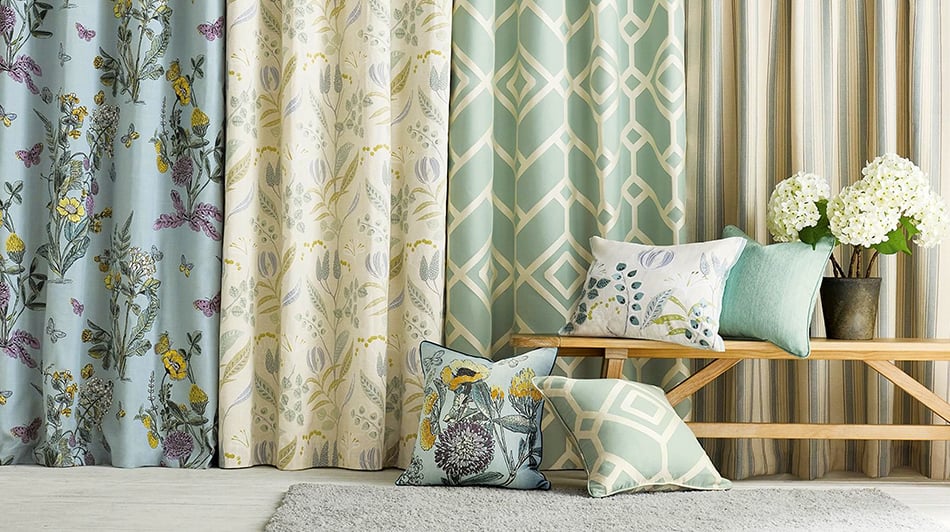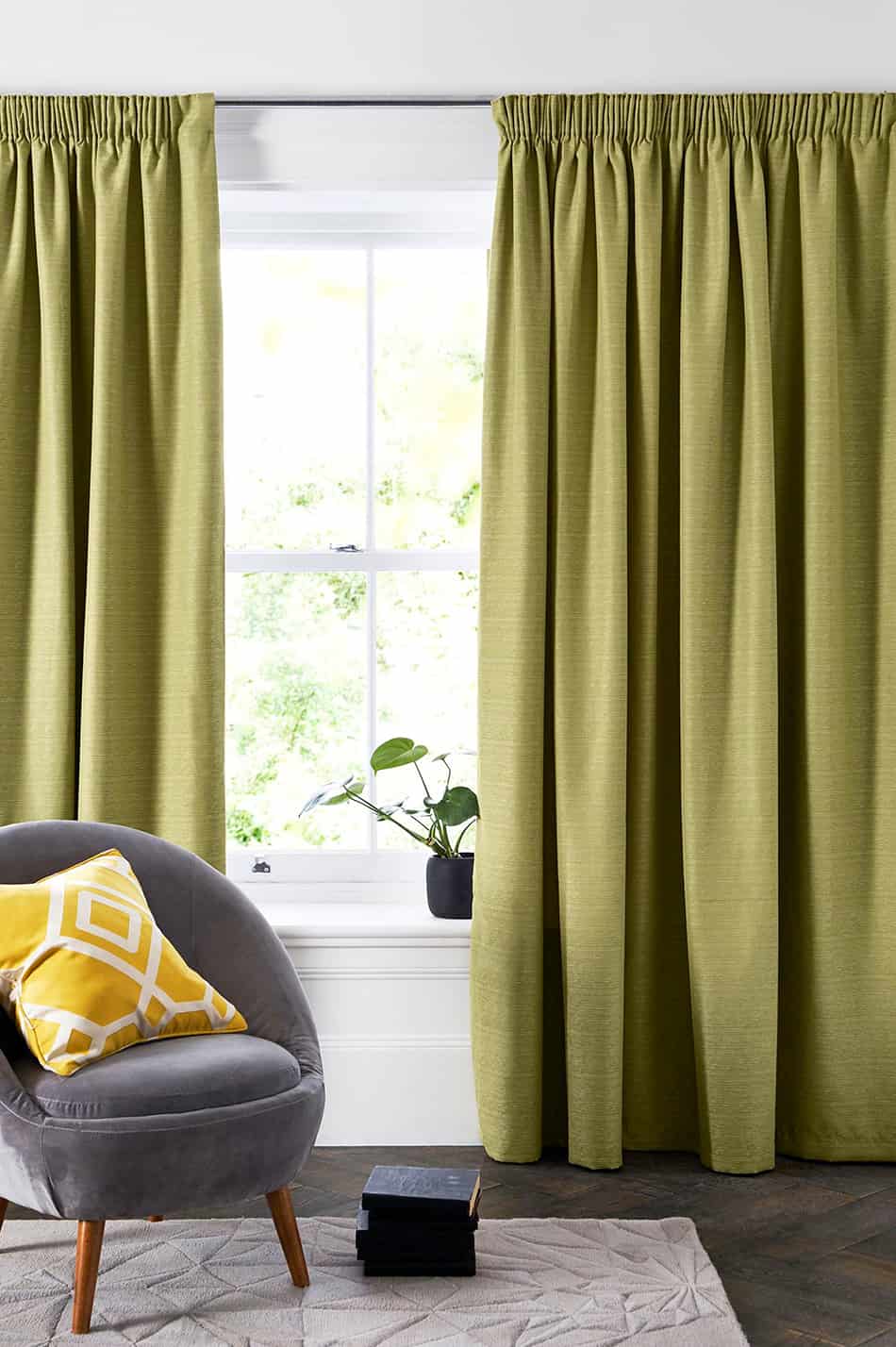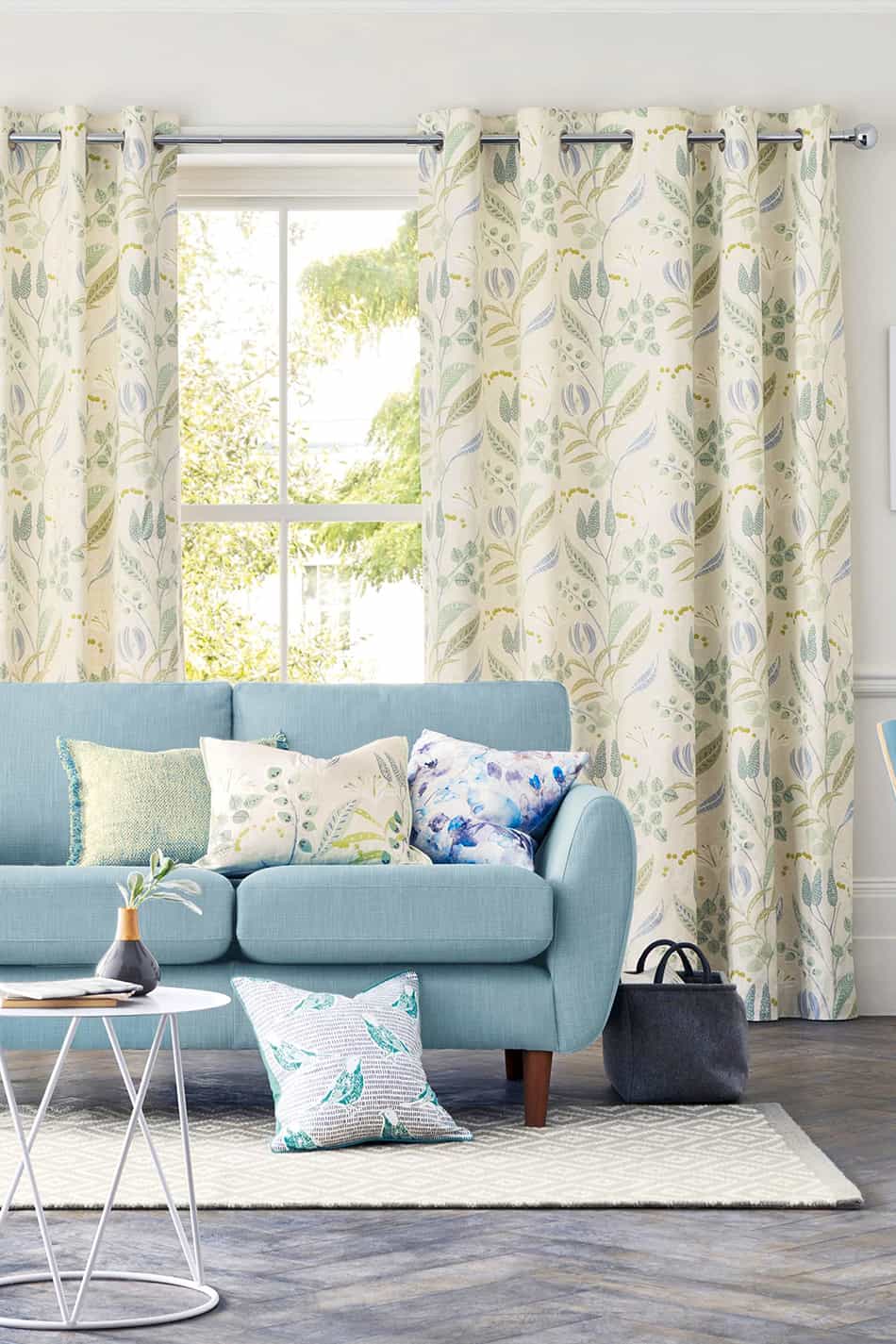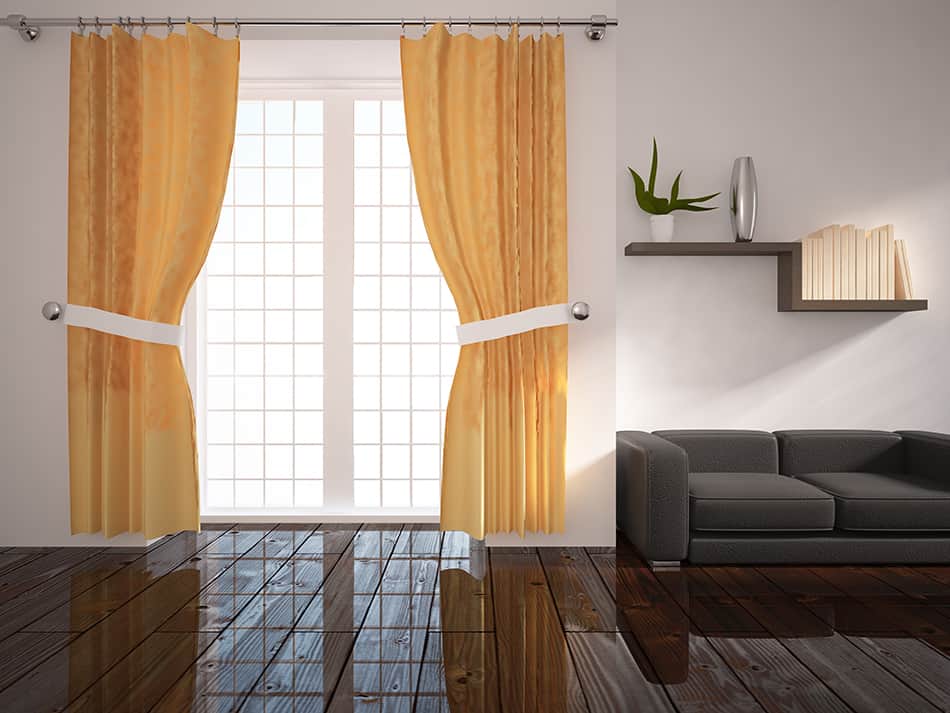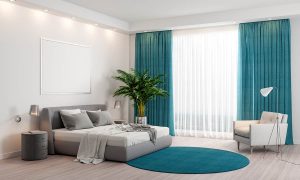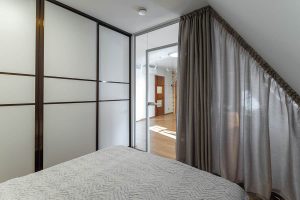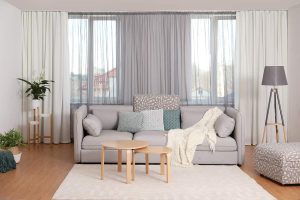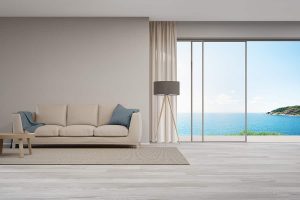One of the best things about the interior architecture and décor scenes is that they are free from “hard and fast” rules. Whether your style blueprint is all about boldness or prefers utilitarian simplicity, there will always be tasteful alternatives for you.
However, pulling off daring choices is something that requires a little bit of experience under your belt. When you are decorating your first home, the wide array of choices can be confusing. In such cases, it is tempting to keep everything simple and even. But should all curtains in a room match?
There are arguments in favor of and against whether all curtains in a room should match. It will all depend on how much you combine and what’s around the curtains!
Why Should All Curtains Match?
Curtains are often one of the most visible elements in a room, especially if the room has large windows. Even if your priority is to just have something to hide you from your neighbors, a set of graceful curtains will go a long way in making the room feel like home.
So before you just order whichever model is on clearance, consider the following advantages of matching curtains:
- It will help give the room a cohesive feel.
- It will look like something you gave thought to – ensuring any guests will be suitably impressed.
- It will make it easier to shop and order if you already know what to stick to (just click re-order next time!)
Why is a Complete Match Not Ideal?
A set of completely matched curtains is when you don’t just use the same color and fabric for all windows in a room – but you also use the same color as the room’s walls and the same type of fabric “feel” as any other accessories.
Often, matching your curtains completely is a safe choice, but it is not necessarily the best one. Some of the drawbacks include:
- It may appear monotonous.
- It may make the room appear smaller – especially if this “unified color” is dark.
- If your unique color is light, on the other hand, it may get in the way of privacy
Unless you are going for a minimalist style, full of light colors, your best bet will be to take a middle road. This will keep the room interesting without creating any clashing details.
The Midway Approach – Making all Curtains Match the Style
The key behind this approach is to make the curtains and surrounding drapes feel like part of the room’s overall look but leave room for variety. This will require a little bit of extra thought rather than just a bulk order of identical curtain panels. However, you will also get many more options to play around with.
A partial match can take many forms.
Matching the Palette, Not the Exact Color
Good décor always starts with a color scheme or palette. This is usually made up of 3 or 4 colors and commonly includes two similar shades of the same color (for example, pine green and forest green) and a complementary color that adds contrast.
If you have already decided on your room’s palette, you can use this to integrate the curtains into the overall style. The key here is to make sure the curtains are all largely of the same colors as the existing palette. However, in a room with several windows, they don’t need to be the same color as each other.
This matching style will open two possibilities for you:
- It will allow you to put up curtains in a color that is similar to that of the walls, without it being the same.
- If you are using plain panels, you can choose a curtain color that contrasts against the wall or the surrounding furniture.
- If your curtains will have an additional trim, ribbon, or an additional sheer panel, keep the main panels in a similar shade to that of the walls. Then, use the contrasting color for the accents or trims.
Matching the Pattern or Color, Not the Treatment
This is a great alternative for rooms with different nooks or corner rooms that have different sources of natural light. The key here is to keep the overall cohesiveness by using the same fabric for all curtains. However, you can use a free-hanging curtain on the main window and use roman blinds or black-out panels on the other one.
This can be a particularly powerful move if your drapes use a unique pattern or embroidery. These tend to be more noticeable than plain-colored panels.
Matching the Treatment, not the Whole Curtain
A more radical alternative is to use largely the same type of curtain, and the exact same trim or accessories, while having the main panels differ. This works well in very large rooms or those with lookout windows. In these cases, you can alternate panels of contrasting colors but with the same model (like a series of floor-length curtains with the same sheer shawl around them).
Having the odd-colored Curtain
Consistency is usually considered good when decorating. Often, a well-placed “exception” is just what’s needed to round off a good look.
If you are willing to experiment with a riskier move but have a room that calls for it, you can try keeping one curtain in a radically different style from all the others. For example, if you have just one window to the side, where sunset lights hit directly, you can play this up by using a sheer curtain.
This can also be used to create a distinct, distant corner in an otherwise “open layout” room. You can try surrounding this corner with different furniture to mark that it’s meant to feel like a different space.
Finally, you can use this if one of the room’s windows is significantly larger than the others or has a particularly picturesque view. Use a lighter panel or a completely different trim to draw people’s eyes to this side of the room.
Conclusion
Most décor specialists are quick to say that yes, all curtains in a room should match. However, if you give them time to explain themselves, you may find that their idea of “matching” may vary! Curtains should feel like a part of the room, so it’s best if they also include the room’s overall palette, accents, or fabric. Combine matching and contrasting parts to ensure your curtains look interesting.
